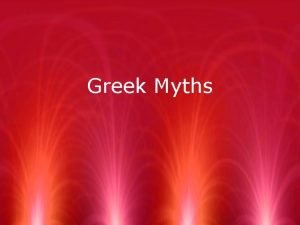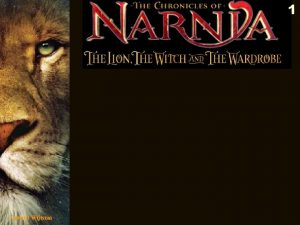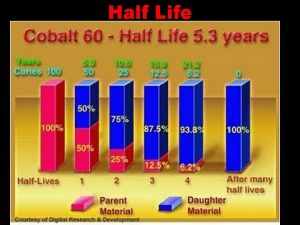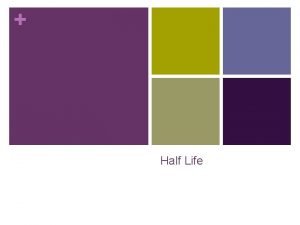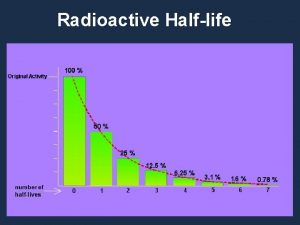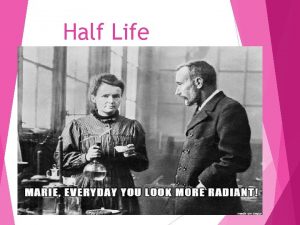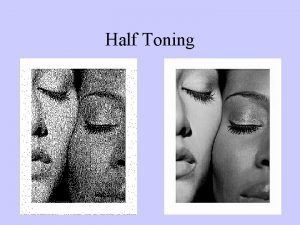Half Life HalfLife HalfLife is the time it











- Slides: 11

Half - Life

Half-Life • Half-Life is the time it takes for ½ of a radioactive sample to decay or change into something else. • For example, if you had 20 grams of carbon-14 and it has a half-life of 5000 years, how much Carbon-14 would remain after 5000 years? 10, 000 years?

• After 5, 000 years, there would be 10 grams of Carbon-14 left. • After 10, 000 years, there would be 5 grams of Carbon-14 left.

Activity Background • At your lab table there is a container with 100 pennies • These represent 100 radioactive atoms • We will use these pennies to demonstrate half -life, the time it takes for ½ of a radioactive isotope to change

Lab Directions • 1. Confirm that you have 100 pennies in your container • 2. Empty the container onto the lab table • 3. Pennies that are “tails” have decayed and should be set aside for the remainder of the exercise. Record the number of decayed pennies. • 4. Pennies that are “heads” have not decayed and should be returned to the container

Lab Directions • 5. Continue this until all of the pennies have decayed. • Make sure to record all data accurately.

Half - Life Undecayed Pennies Decayed Pennies 0 100 0 1 2 3 4 5 6


Analyzing the Data • Prepare a graph using your group’s data and the pooled class data by plotting the number of half-lives on the x-axis and the number of undecayed atoms remaining after each halflife on the y-axis. Plot and label 2 graph lines – one for your group and one for the class data. Using different colors for each of these lines.

Questions • 1. Describe the appearance of your 2 graph lines. Straight or curved? Which set of data provides a more convincing demonstration of half-life? Why? • 2. About how many undecayed atoms (heads) would remain after 3 half-lives if the initial sample had 600 atoms? • 3. If 190 heads remain from an original sample of 3000 atoms, about how many half-lives must have passed?

• 4. Describe one similarity and one difference between this model based on pennies and actual radioactive decay? • 5. How could you modify this “decay” model to demonstrate that different isotopes have different half-lives? • 6. How many half-lives would it take for one mole of a radioactive isotope to decay to 6. 25% of the original number of atoms? Is it likely any of the original isotopes still remain after 10 half-lives? 100 half-lives? • 7. Can you predict when a particular penny will “decay”? If you could follow one atom in a sample of radioactive material, could you predict when it would decay? Why or why not?
 Plutonium half life
Plutonium half life Doubling time and half life
Doubling time and half life The joy luck club questions
The joy luck club questions Types of indirect retainers
Types of indirect retainers Mythological creature half man half horse
Mythological creature half man half horse Half man half horse name
Half man half horse name Half woman half snake greek mythology
Half woman half snake greek mythology What is a minotaur
What is a minotaur Mulciber roman god
Mulciber roman god Components of clasp assembly
Components of clasp assembly Tasklet_hi_schedule
Tasklet_hi_schedule Narnia half geit
Narnia half geit






